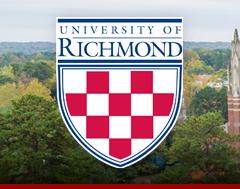Abstract
The Center Therapy Group had been meeting in a counseling center, which was located in an urban university, for the past 3 yrs. Membership had changed during that period as new members joined and mature members departed, but at the present time 11 individuals were attending regularly. They reported a range of psychological problems, including difficulties in establishing intimate relationships, confusion about their sexual identities, mood and thought disturbances, and problems relating to members of their families.
The Center Therapy Group helped most of its members with their problems. Some individuals dropped out of the group before achieving the change they sought, but many more underwent substantial growth and experienced improved psychological adjustment during their tenure in the group. Why? What powerful interpersonal dynamics does the group therapist harness to promote adjustment and beneficial change in members? This chapter examines these questions by scrutinizing both professionally guided groups used to sustain well-being and mental health as well as spontaneous, grassroots groups that also provide members with psychological sustenance. The authors consider the history of group approaches and the forms they currently take before appraising their overall utility. (PsycInfo Database Record (c) 2022 APA, all rights reserved)
Document Type
Restricted Book Chapter: Campus only access
Publication Date
2000
Publisher Statement
Copyright © 2000, John Wiley & Sons, Inc. This book chapter first appeared in C. R. Snyder & R. E. Ingram (Eds.), Handbook of psychological change: Psychotherapy processes & practices for the 21st century (pp. 309–336).
The definitive version is available at: Wiley.
Recommended Citation
Forsyth, D. R., & Corazzini, J. G. (2000). Groups as change agents. In C. R. Snyder & R. E. Ingram (Eds.), Handbook of psychological change: Psychotherapy processes & practices for the 21st century (pp. 309–336). John Wiley & Sons, Inc..
